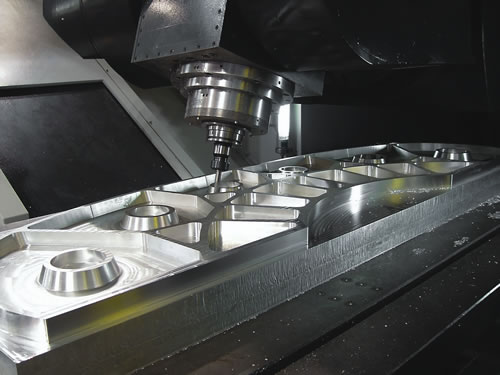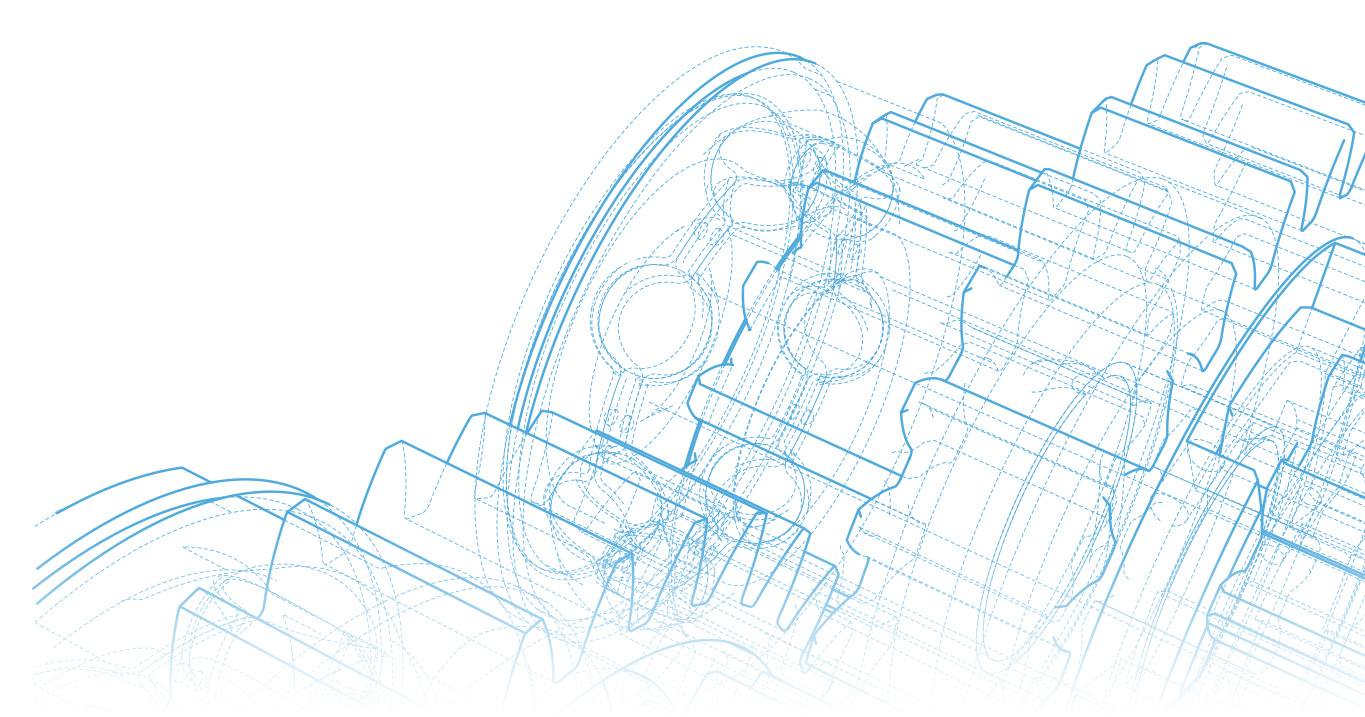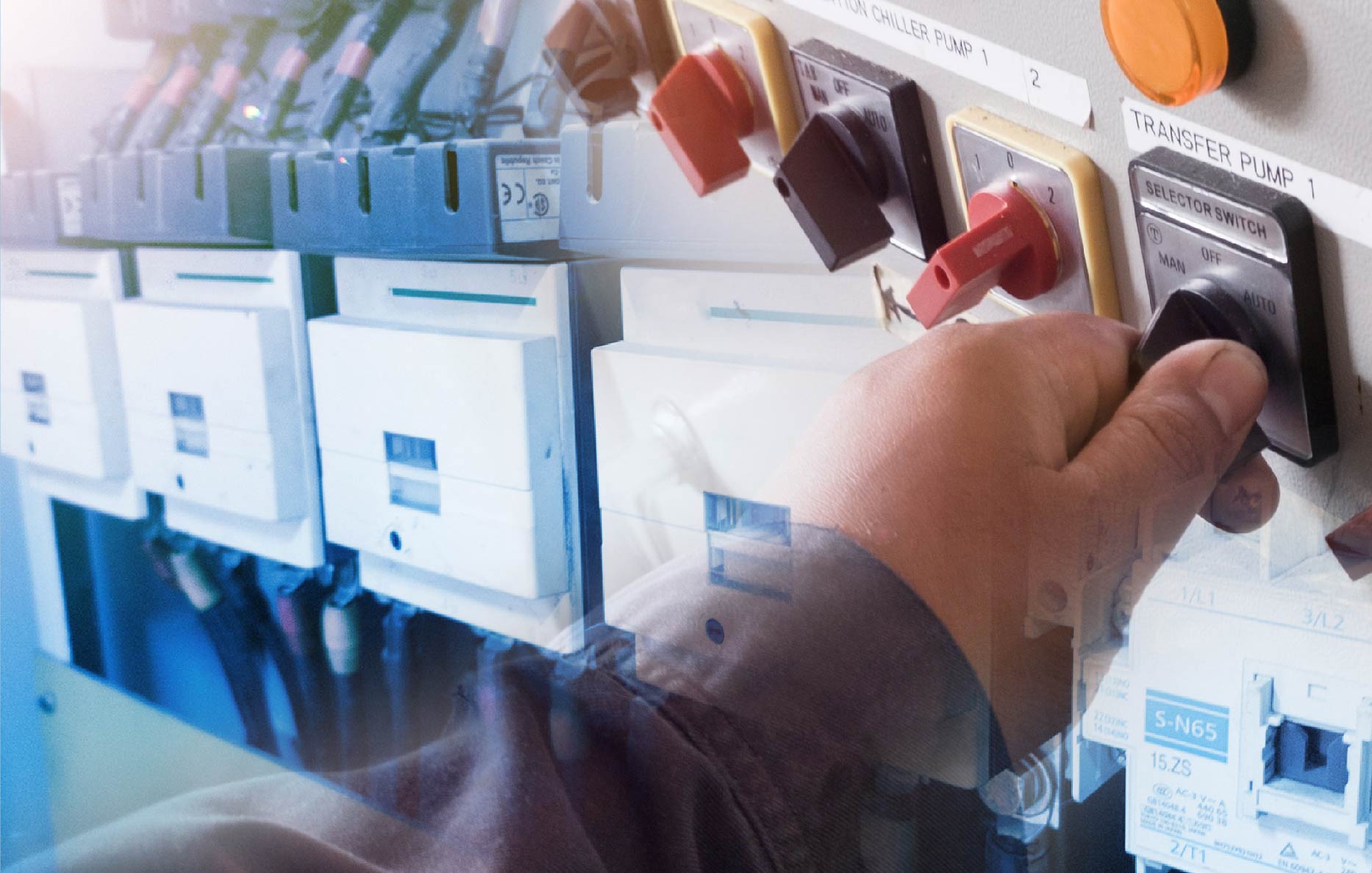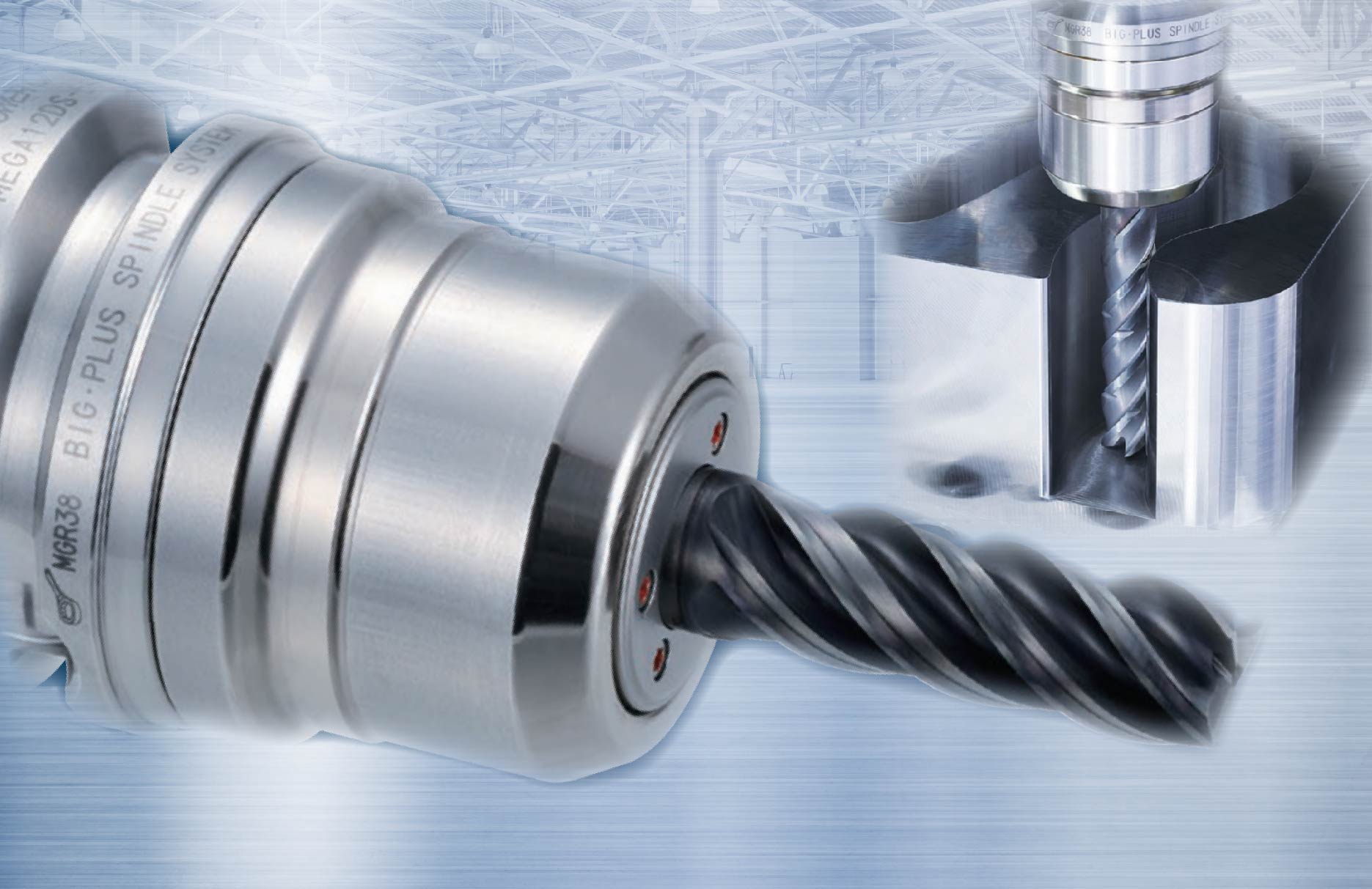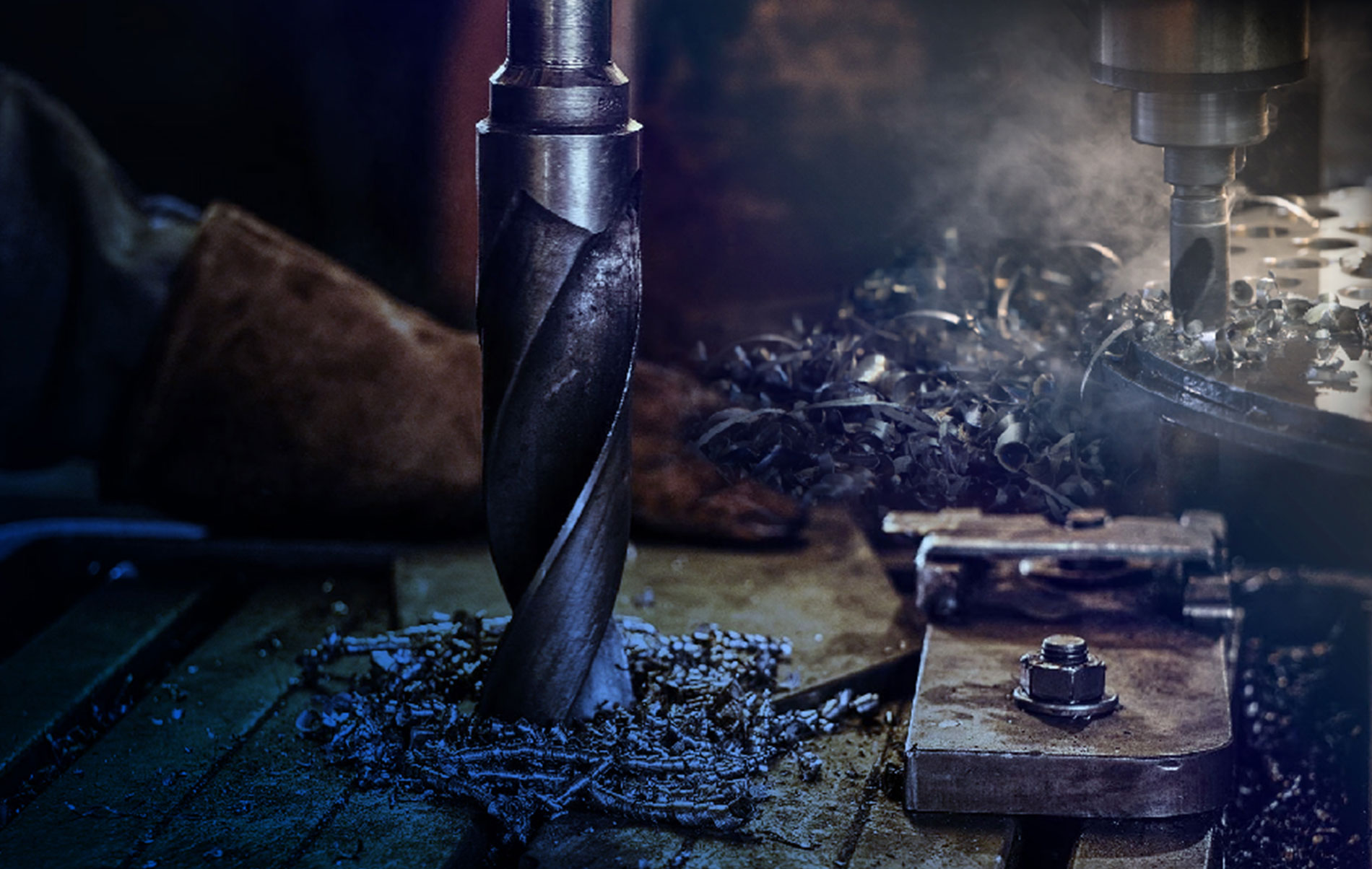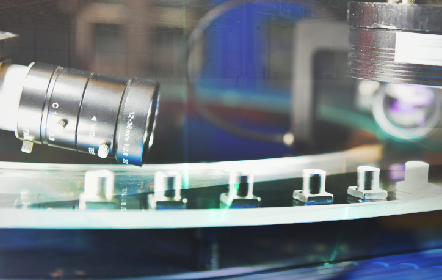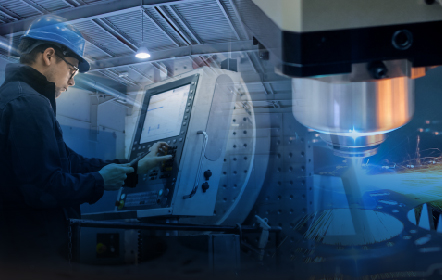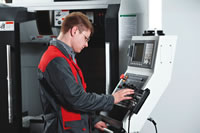 Many manufacturers invest large amounts of money in new cutting tools to increase output; but actually, there are many other ways to increase productivity at a lower cost. Reducing time spent on tool setup is one of such ways, but carrying out tool setup on the actual machine is not only preventing the machine from working, but the quality of the tool is not as high as it should be.
Many manufacturers invest large amounts of money in new cutting tools to increase output; but actually, there are many other ways to increase productivity at a lower cost. Reducing time spent on tool setup is one of such ways, but carrying out tool setup on the actual machine is not only preventing the machine from working, but the quality of the tool is not as high as it should be.
On-machine tool setup is a hugely high-cost process of tool setup owing to its use of precious machining time in an inefficient way. In many factories, some machines may only work 50% of the time they should be. The rest of that time, the machine is often left idle and not used to its maximum capacity or time is wasted for tool setup. As an example, considering a shop running 4 CNC mills for 2 shifts per day at a cost of 2,000 baht per hour. If tool setup takes only 1 hour per shift on each machine, this will end up costing 2,000 x 4 (machines) x 2 (shifts) x 25 (days) x 12 (months), which equals 4.8 million baht per year. This amount represents the business’ lost profits from inefficient machine usage.
The problem with the typical way of operation was that the machine operator was responsible for arranging all tooling system and cutting tools for the work by his own. This resulted in the operator wasting a significant amount of time searching the factory for everything that was needed. When the operator had gathered all necessary items, each cutting tool would need to be loaded into the machine and set up and initial tool offsets established. Each of these steps needed to be carried out by the operator while the machine was not running.
But now, quick-change modules are increasingly being used to carry out all tool setup and adjustment offline, solving the problem of machine downtime. As an example, offline adjustment of boring-bar length and diameter can reduce tool adjustment time from 15 minutes to less than 1. And, this new way of working means that all setting up of cutting tools and fixtures, as well as establishing tool offsets, is carried out offline instead. This leads to tool setup being carried out rapidly and with ease and also means that correctness and accuracy are increased as well. Now, at the time of cutting tool changeover, the operator need not make any adjustments other than to check the correctness and accuracy of the workpiece.
Thus, it cannot be denied that cutting tool setup using offline, quick-change modules helps maximize machining efficiency and increase profits for manufacturers.
